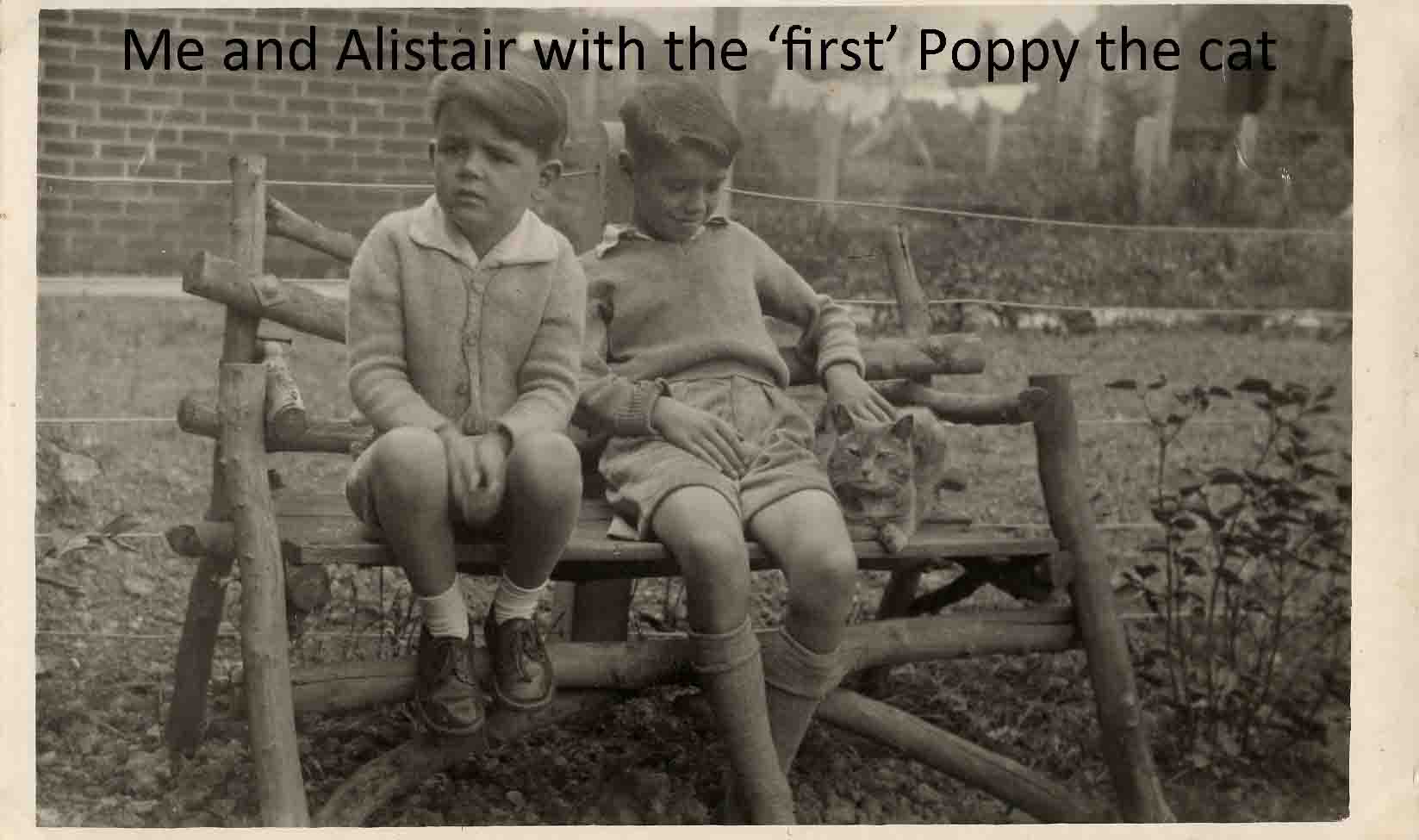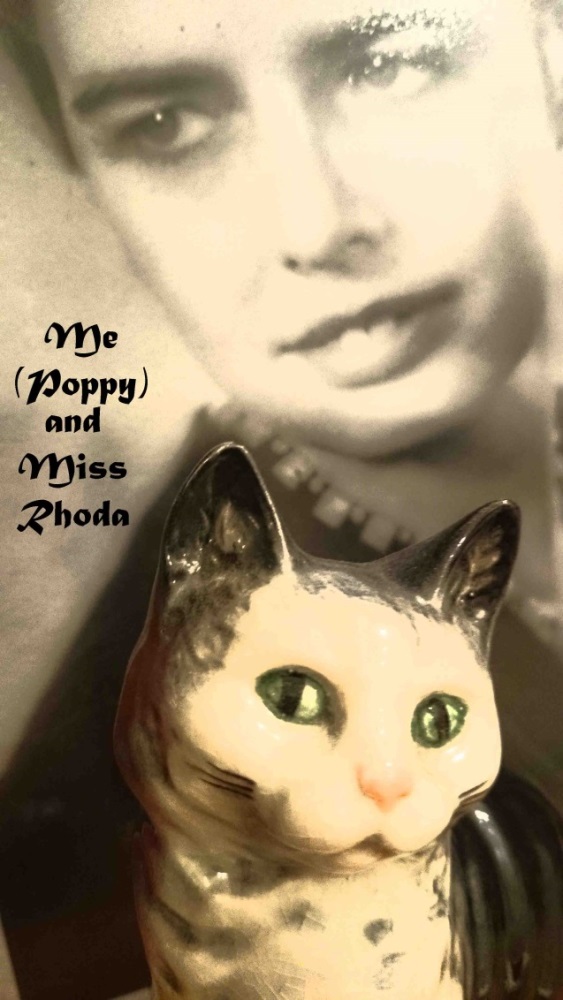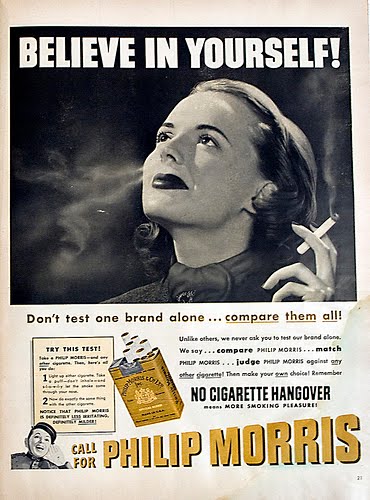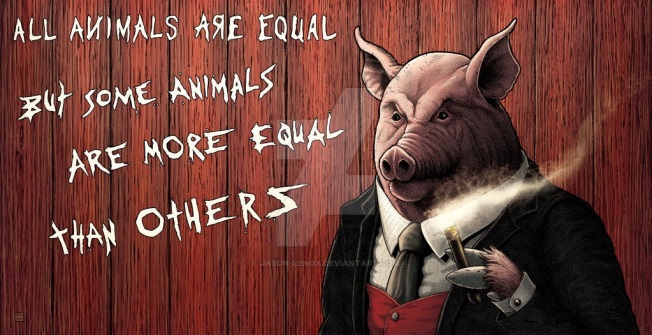The scenario with Valentina in the post Travel and Pets had elicited two things from the two of us– laughter and nostalgia. Particularly, I remembered Poppy, my childhood cat, as one of Valentina’s cats had resembled Poppy. After a glass or two of red wine, I started to recount to Natasha my childhood stories about my pets. Natasha also started to tell me about their Pekingese called Cindy Crawford that lived together with her family in Murmansk.
Well everyone knows, at least older readers, that Cindy Crawford was very ‘hot’. Well Pekingese Cindy was a very hot bitch, too. Or more plainly, she was always on heat but mistook shoes for amorous hound dogs. She would mount people’s shoes under the dinner table and offered herself for free while they ate their Borscht soup.
I started to tell Natasha that our bratty cat, Poppy, would never get spoiled (or should it be ‘punished’?) with vodka. For my mother, spoiling typically meant getting the food they wanted or having their own ‘castle’ at home.
I told Natasha about the time that Cath, my sister-in-law, visited us some time before giving birth to her first child, Stuart.
“You’ve had five children – you must know a thing or two about bringing up a child?” Cath asked our mother.
“It’s as easy as pie – it’s just like training pets. You just have to ‘train’ them too.”
Cath seemed to be somewhat shocked by this Skinnerian response, as she had read Doctor Spock’s Baby and Child Care. My brother and I assured her that our mother reserved her more hard-handed behaviourist methods for our pets. And to be fair, she hardly ever needed to use them. But the mystery of ‘jumping cats and broomsticks’ was cleared up one day.
In retrospect, perhaps I shouldn’t ‘blame’ my mother for her views on child upbringing. As preparation for this book, I decided to read the books I read as a child. One of which was Shadow the Sheepdog written by Enid Blyton. I was awarded this book for “Regular attendance at Risley Presbyterian School” when I was around nine years old (as it was printed in 1958). I was certainly surprised when I came to page 24:
“Johnny never really hurt Shadow, but his father told him that, like children, a dog has to be trained. If he disobeys, he must be punished”.
My mother used to read stories to me just before I was going to go to sleep. My favorites were Enid Blyton’s The Boy with the Loaves and Fishes111 and Shadow the Sheepdog. The latter is a story about the farm boy Johnny and his dog Shadow. So perhaps it was the above piece of child-upbringing wisdom she remembered from Blyton’s book. It says, “Like children, a dog has to be trained.” But she had turned this piece of Blytonian wisdom on its heads to mean: “Like dogs, children (boys) have to be trained, and if a boy disobeys his mother, he must be punished.” Of course, this is what Blyton really meant.
‘Shadow’, the dog in Blyton’s novel, is Johnny’s alter ego. In other words, a child that learns through its mistakes and finally emerges at the end of the novel as a good and well-brought-up boy. Hence, Johnny and Shadow learn together how to be a good boy/dog.
This is quite a skilful literary device, as the child-reader would perhaps reject direct ‘sermonizing’ about how to be a ‘good’ boy. But at the same time, they can be ‘tricked’ into understanding.This is considered acceptable social behaviour through Johnny’s ‘alter-ego’, his dog Shadow. In other words, Blyton had learnt from Jesus (such as in the parable of the ‘Loaves and Fishes’) that a message regarding the ‘correct’ social behaviour can best be mediated indirectly through analogy.
Speaking of literary device, I did my best to capture all the stories I had with my pets Poppy and Laddie by writing them in this collection. You can read the complete stories here starting with the previous post:
Travel and Pets | Laughter and Nostalgia | Poppy, the Medieval Princess | Laddie, a Man’s Best Friend | Dogs in the Afterlife
111 I ordered this book online. On the inside cover it states, “presented to Jane Seymour, Dyke Baptist, April 1972.” In other words, this seems to point to the fact that this was a common practice of ‘awarding’ children books for attendance. Of course, this can’t be the Jane Seymour of James Bond fame (“Live and Let Die”, 1973) – but perhaps a relative?



